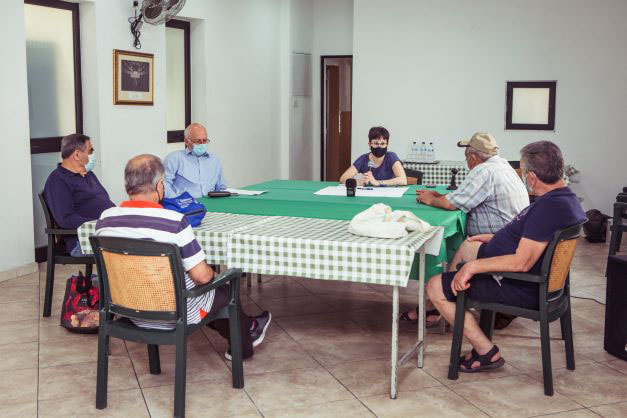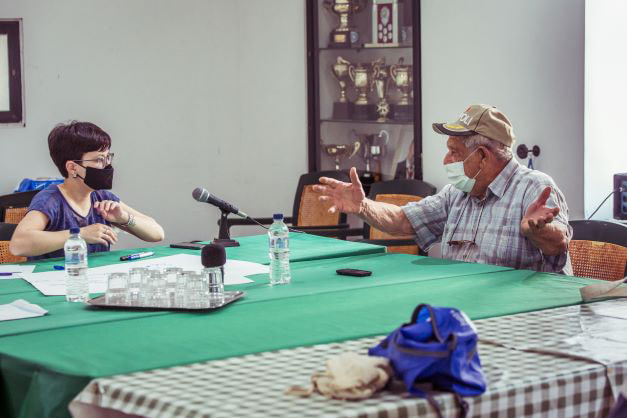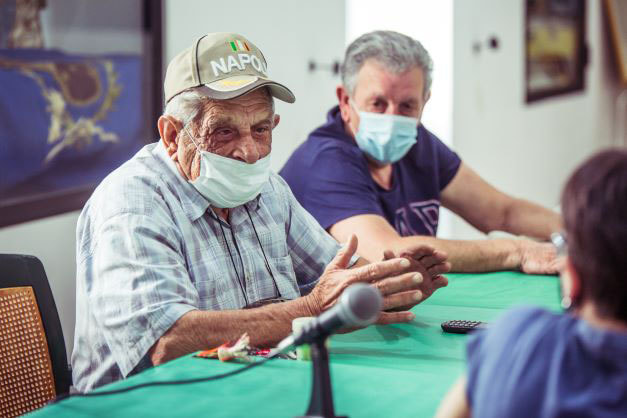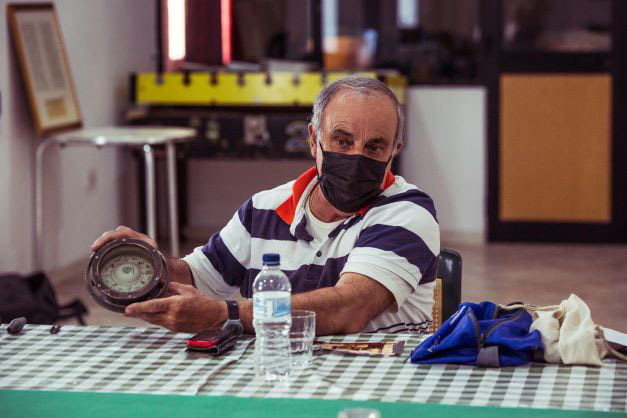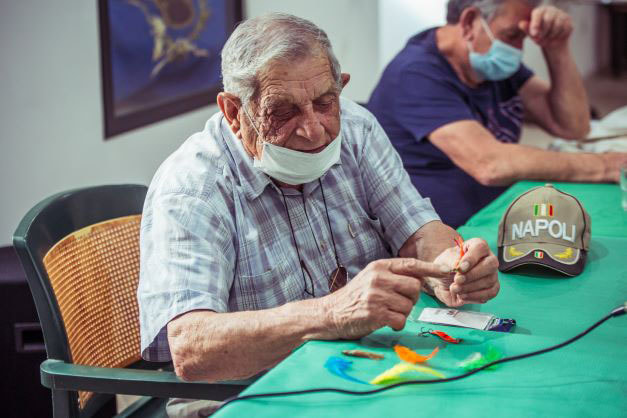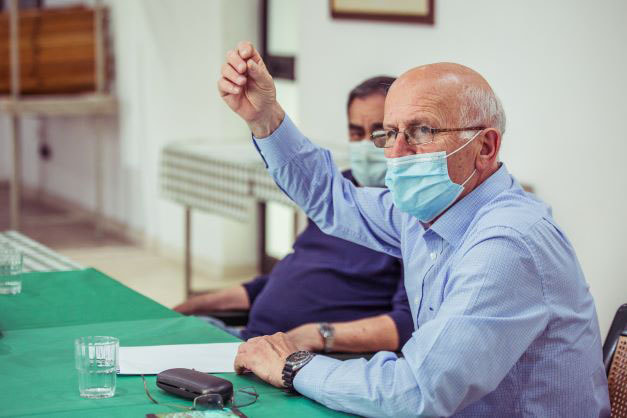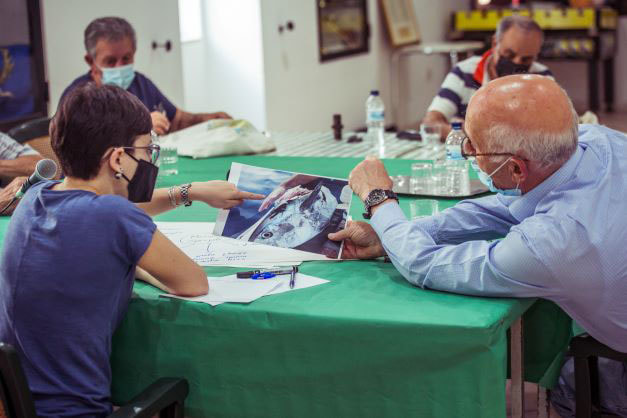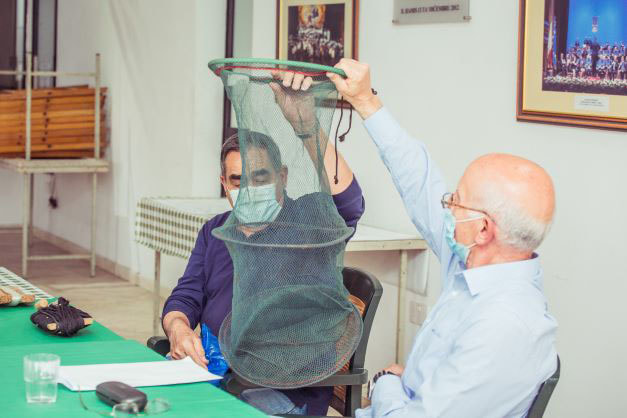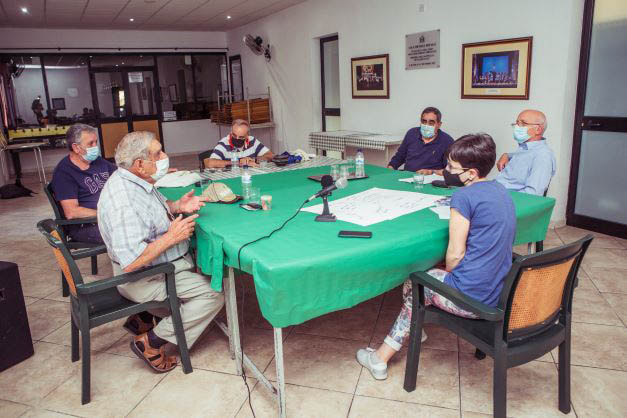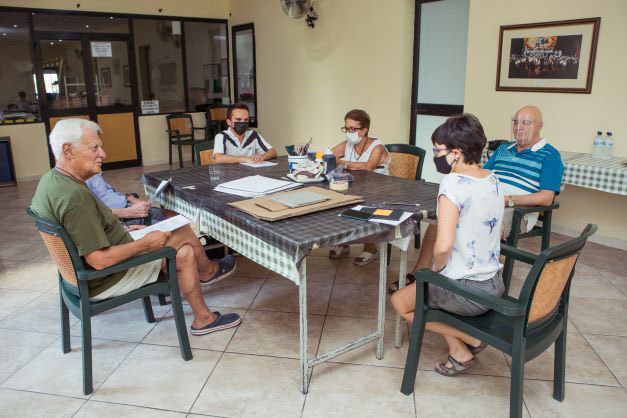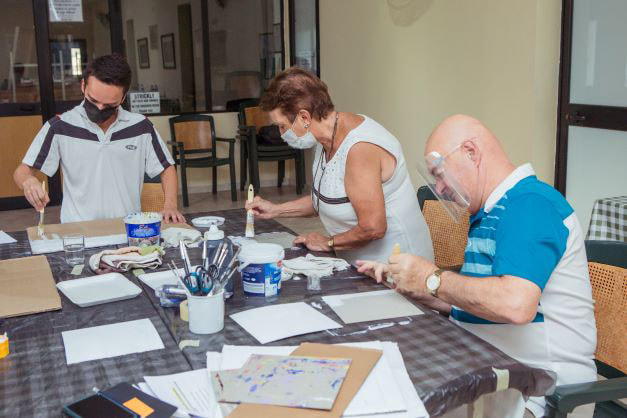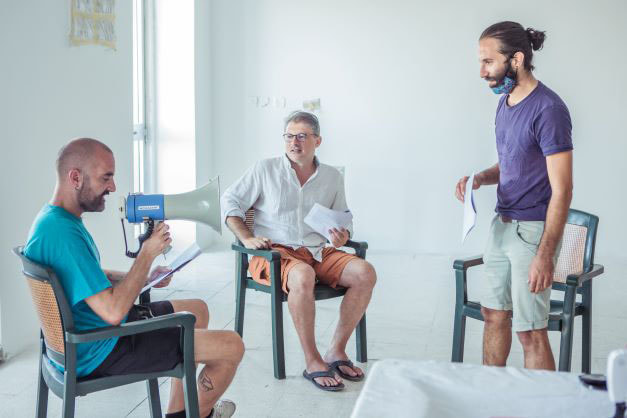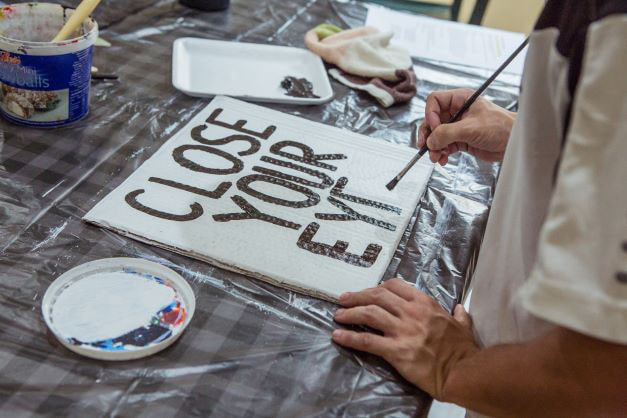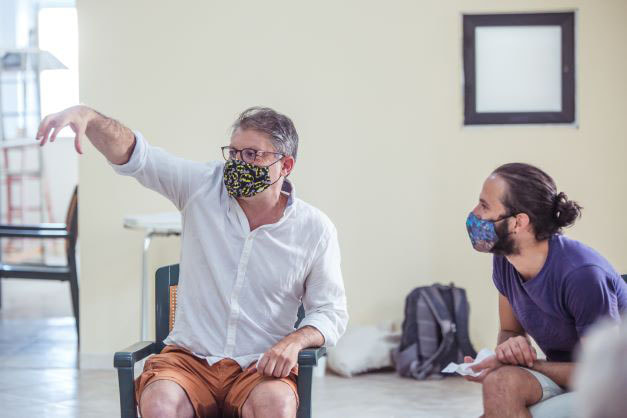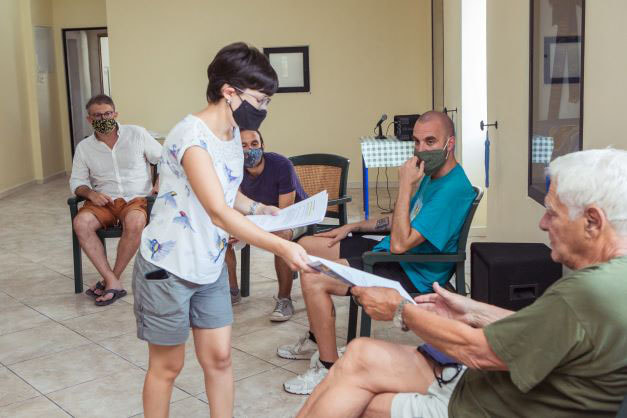|
Coordinator: University of Malta, Department of Arts, Open Communities and Adult Education within the Faculty of Education
Research Team: Prof Raphael Vella (Malta Project Lead), Prof Milosh Raykov, Dr Isabelle Gatt, Dr Karsten Xuereb, Margerita Pulè Local Stakeholder: Flimkien għal Ambjent Aħjar Explored Media: activism, performance art, art in public space |
Project by:
Artist and co-artistic director Kristina Borg | Co-artistic director Jacob Piccinino | Community members Lawrence Attard, Alex Borg, Carmel Camilleri, Stanley Cassar Darien, Tony Cassar Darien, Anthony Cauchi, Pawlu Grech Mallia, Shawn James, Charles Micallef St John, Maryrose Scalpello, Anthony David Sciberras, Michael Sciortino, Tim Soler and two other Gżira locals. Supported by: Production team Annalisa Schembri & Lara Agius; Boatmen Keith Attard, Joseph Cachia, Lawrence Ciantar, Tony Hili, Lawrence Mizzi, Rayphyl Schembri; Captains Patrick Attard, Martin Borg, Andrew Micallef | Synchro Knights Artistic Swimming Club | Tour Guides Loredana Calleja, Miriam De Giorgio, Stephen Degiorgio, Mariella Galea, Charles Grixti, Charmaine Mercieca. |
Study March - September 2021
The Batman Gżirjan project was a socially-engaged art-research project which examined how local inhabitants in a busy and changing town are affected by over-construction, private development, and encroachment of land, and how local people can react at development which is not in their best interests. The project attempted to encourage participants to articulate their feelings about their neighbourhood, and to empower them to express themselves publicly against the exploitation of their town for commercial interests.
The project’s participant group consisted of two specific invited groups; local inhabitants and fishers. Local inhabitants who live or have lived in the town of Gżira, as well as those who frequent the neighbourhood were invited to take part. The project also contacted fishers who make use of the seafront and the sea in the area.
The project’s participant group consisted of two specific invited groups; local inhabitants and fishers. Local inhabitants who live or have lived in the town of Gżira, as well as those who frequent the neighbourhood were invited to take part. The project also contacted fishers who make use of the seafront and the sea in the area.
|
The project began by inviting the two participant groups separately to take part in a number of workshops – both online and in person - to discuss the impressions of their neighbourhood, using the senses of sight, smell, and hearing as a starting point. This first set of workshops focused on the collection of memories, the transformation of the area, its impact and reaction of the locals. Participants were invited to document the transformation of the seafront in relation to their daily life through simple exercises such as recording sounds or videoclips at the seafront, and taking photos or making drawings of the view from their window, taking notes and writing reflective entries, as well as keeping a journal inspired by the project. The artist used innovative techniques to keep in touch with participants during COVID-19 restriction, including sending handmade journal notebooks by post, and encouraging the use of their mobile phones for photography and videography. The research workshops were audio recorded, upon the consent given by participants. This allowed the artists to review the material in order to pinpoint the concerns of the participants and to identify material that could contribute to the development of the final performance. |
|
The second stage of the project invited the participants to have a more active role, thus becoming co-creators of the final outcome, with the participants meeting to develop its creative output. Participants were introduced to concepts such as public art, performance art, and co-creative practices. From the beginning, participants took an active role in devising activities, such as hanging up posters in their locality, or designing and sending postcards with a message to local and national policy-makers, including politicians. The content of the final outcome – the performative activity - was also devised in close collaboration with participants. |
The final performance consisted of a promenade-piece, with the audience following a guide and pausing to witness interventions carried out by the participants themselves. These varied from monologues about the locality, to messages (both positive and negative) on protest signs, and included small pieces of historical information about buildings and experiences in the locality which held special meaning for the participants. The audience was then taken on a short boat ride in traditional Maltese boats, where they were invited to read a short narrative and view the town from the (busy) sea. A small team of synchronised swimmers performed to the audience, while participants spoke to them with the use of loudspeakers. Later, the swimmers collected the pebbles on which the audience had been invited to write down their wishes for the town.
Overall, evaluation shows that most participants were able to note a greater degree of reflection on the local environmental and social changes and dynamics, express them clearly, and a varying degree (among different participants) of involvement in the community, both of an optimistic as well as critical kind. Comments made by participants frequently referred to the loss of public space. During a meeting, one of the participants said: “They are going to take away part of the only garden we have in this town to build a petrol station. Unfortunately, Gżira’s future doesn’t look good to me. You’re probably thinking, how negative are you? We always sound critical. But we’re telling the truth.” Another participant complained about the privatisation of public land and being “forced to buy something to eat and drink just to sit and enjoy your sea and your coast, which the authorities gave away to someone for their profit”. Such comments contrasted with others in which participants reminisced about their past: the town had a closely-knit community, with little shops, a football stadium and community members that participants identified with. At the same time, some of the more recent changes, such as the existence of more multicultural groups living there and take-away shops selling food from different regions of the world, were also perceived by one participant as giving Gżira a new sort of “identity”.
Photos: Elisa von Brockdorff
